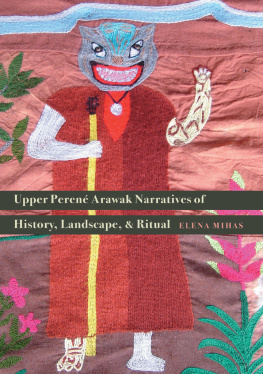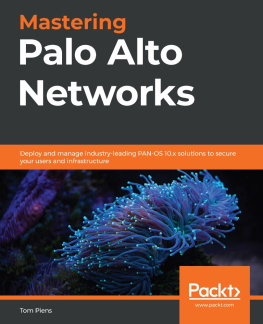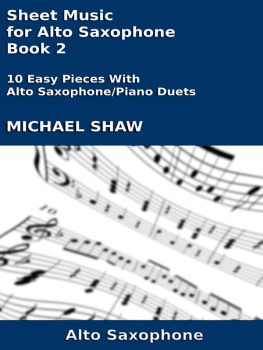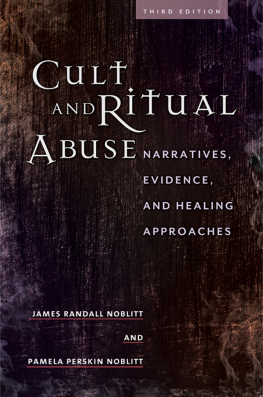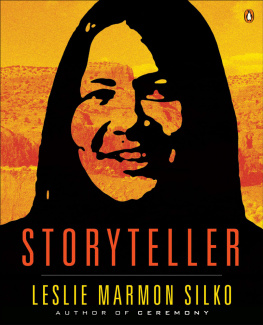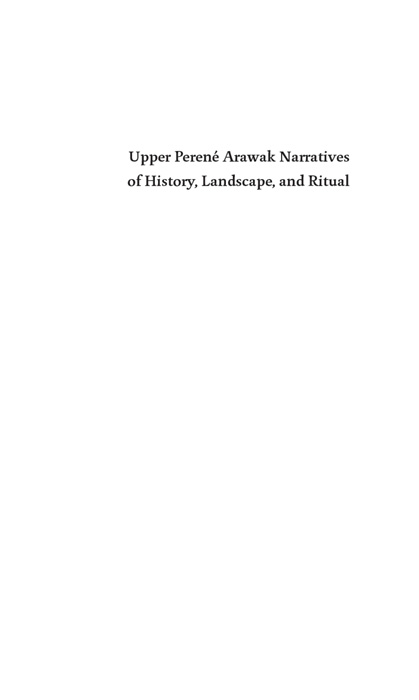

2014 by the Board of Regents of the University of Nebraska
All photos in Acknowledgments are courtesy of the author.
All rights reserved

This book is published as part of the Recovering Languages and Literacies of the Americas initiative. Recovering Languages and Literacies is generously supported by the Andrew W. Mellon Foundation.
Library of Congress Cataloging-in-Publication Data
Mihas, Elena.
Upper Peren Arawak narratives of history, landscape, and ritual / Elena Mihas; with Gregorio Santos Prez and Delia Rosas Rodrguez.
pages cm
Summary: A comprehensive bilingual collection of Ashninka Peren Arawakan oral literature, including traditional narratives, ethnographic accounts of old customs and rituals, contemporary womens autobiographical stories, songs, chants, and ritual speechesProvided by publisher.
Includes bibliographical references and index.
ISBN 978-0-8032-4537-2 (cloth: alk. paper) ISBN 978-0-8032-6529-5 (epub) ISBN 978-0-8032-6530-1 (mobi) ISBN 978-0-8032-6528-8 (pdf).1. Ashaninca IndiansPeruPerene River ValleySocial life and customs.2. Ashaninca IndiansPeruPerene River ValleyRites and ceremonies.3. Perene River Valley (Peru)Social life and customs.
4. EthnologyPeruPerene River Valley.5. Campa languagePeruPerene River ValleyTexts.6. Oral traditionPeruPerene River Valley.7. Folk literatureHistory and criticism.8. Narration (Rhetoric). 9. Discourse analysis.
I. Santos Prez, Gregorio.II. Rosas Rodrguez, Delia.III. Title.
F3430.1.A83 M542014
305.89839dc23
2014030510
Set in Huronia by Tseng Information Systems, Inc.
Designed by Ashley Muehlbauer.
The publisher does not have any control over and does not assume any responsibility for author or third-party websites or their content .
For my husband, Peter Andrew Miha
Ayenkitsarini opoa ovairopaye aipatsiteka, aisaitzi
amitapintajeetari: Iyenkitsari irashi asheninkaite saikatsiri katonko parenini.
Gregorio Santos Prez and Delia Rosas Rodrguez
ILLUSTRATIONS
FIGURE
MAPS
ACKNOWLEDGMENTS
I am very grateful to the thirty Ashninka Peren narrators for their invaluable contribution to this book. Their expertise, enthusiasm, camaraderie, and good-humored attitude in the face of occasional setbacks made the whole process an extremely enlightening and rewarding enterprise for me. My warmest thanks go to Gregorio Santos Prez and Delia Rosas Rodrguez, the editors of native texts and team leaders whose doggedness and clear understanding of the projects goals enormously sustained our teamwork. I also acknowledge with gratitude other book contributors: Raul Martin Bernata, Victoria Manchi de Martin, Ines Prez de Santos, Moises Santos Rojas, Elas Meza Pedro, Ruth Quillatupa Lopez, Daniel Bernales Quillatupa, Bertha Rodrguez de Caleb, Abdias Caleb Quinchori, Victorina Rosas de Castro, Gerardo Castro Manuela, Julio Castro Shinkaki, Paulina Garca ate, Alberto Prez Espinoza, Elena Nestor de Capurro, Fredi Miguel Ucayali, Luis Mauricio Rosa, Manuel Rubn Jacinto, Cristobal Jumanga Lopez, Abraham Jumanga Lopez, Otoniel Ramos Rodrguez, Clelia Mishari, Livia Julio de Quinchori, Frida Thomas Huamn, Almacia Benavidez Fernandez, Luzmila Machari Quinchori, Mara Virginia Lopez, and Carmen Pachiri Quinchori. I also thank Dora Meza de Santos for invaluable assistance during our trips to remote communities.

1. ( top left ) Gregorio Santos Prez with his wife, Dora
2. ( top right ) Daniel Bernales Quillatupa
3. ( middle left ) Ines Prez de Santos and Moises Santos Rojas
4. ( middle right ) Elas Meza Pedro
5. ( bottom left ) Ruth Quillatupa Lopez
6. ( bottom right ) Delia Rosas Rodrguez with her grandchild and Bertha Rodrguez de Caleb
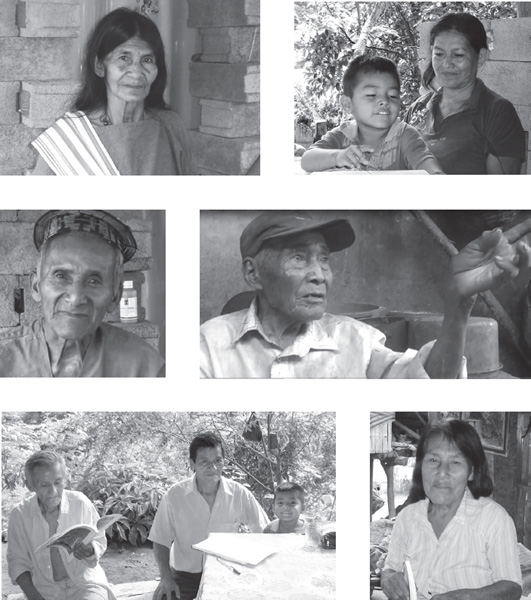
7. ( top left ) Bertha Rodrguez de Caleb
8. ( top right ) Victorina Rosas de Castro with her child
9. ( middle left ) Abdias Caleb Quinchori
10. ( middle right ) Julio Castro Shinkaki
11. ( bottom left ) Gerardo Castro Manuela with his son and Abdias Caleb Quinchori
12. ( bottom right ) Paulina Garca ate
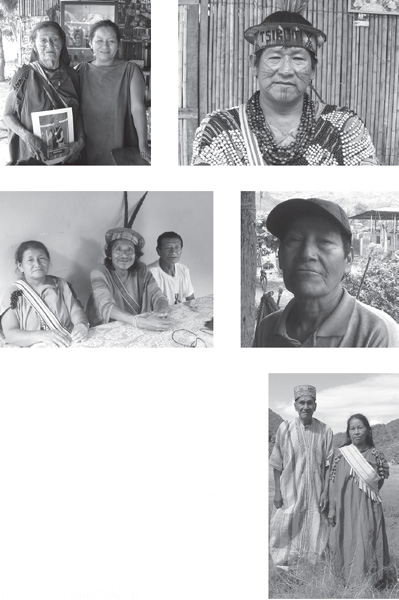
13. ( top left ) Elena Nestor de Capurro with her daughter, Gloria
14. ( top right ) Fredi Miguel Ucayali
15. ( middle left ) Victoria Manchi de Martin, Raul Martin Bernata, and Luis Mauricio Rosa
16. ( middle right ) Alberto Prez Espinoza
17. ( bottom ) Manuel Rubn Jacinto with his wife
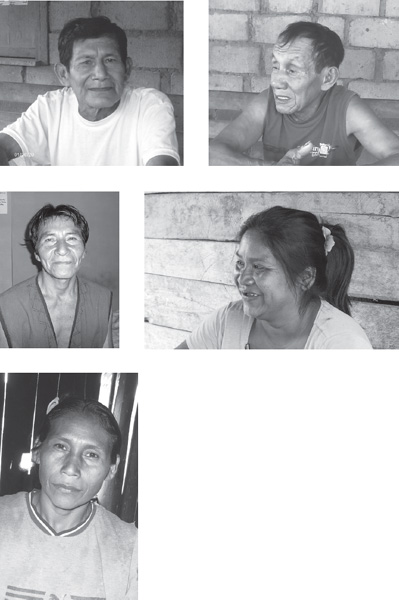
18. ( top left ) Cristobal Jumanga Lopez
19. ( top right ) Abraham Jumanga Lopez
20. ( middle left ) Otoniel Ramos Rodrguez
21. ( middle right ) Frida Thomas Huamn
22. ( bottom ) Luzmila Machari Quinchori
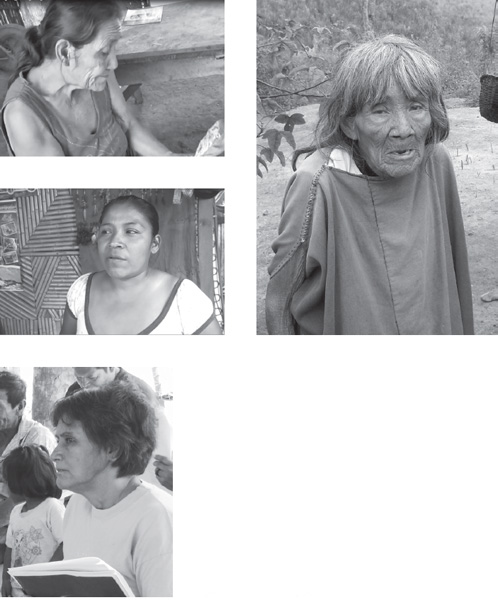
23. ( top left ) Mara Virginia Lopez
24. ( right ) Livia Julio de Quinchori
25. ( middle left ) Carmen Pachiri Quinchori
26. ( bottom left ) Almacia Benavidez Fernandez
I also extend my sincere gratitude to Hctor Martin Manchi, the president of CECONSEC (la Central de Comunudades Nativas de la Selva Central); Osbaldo Rosas Rodrguez, the chief of Bajo Marankiari; Fredi Miguel Ucayali, the chief of Pampa Michi; and Frida Thomas Huamn, the chief of Pumpuriani, for their cordial support and assistance. Special thanks are due to Daniel Bernales Quillatupa (Aroshi) for creating beautiful illustrations, to Delia Rosas Rodrguez for donating images of Ashaninka warriors embroidered on her handmade cloth, used on the books cover, and to Adella Edwards for making three detailed maps of the area.
I am grateful to the granting agencies the Firebird Foundation for Anthropological Research, the National Science Foundation (DDIG #0901196), and the Endangered Languages Documentation Programme (SG 0002) for their support. I also thank Sasha Aikhenvald and Bob Dixon for their financial assistance.
I appreciate a great deal the kind encouragement and insightful feedback on the manuscript that I received from two anonymous reviewers, from Sasha Aikhenvald, and from Bob Dixon, and the copious proofreading comments from Brigitta Flick and Pete Mihas, my husband, whose willingness to be my sounding board and unwavering support made the work on this project so much easier.
INTRODUCTION
Objective, Method, Data, and Structure
This book is a result of sixteen months of linguistic fieldwork among Peruvian Upper Peren Arawaks from Chanchamayo Province, Peru, spanning a period of five years. My first, short visit to Chanchamayo Province occurred in 2008, followed by a series of long-term fieldwork periods in subsequent years. The research project began with a utilitarian purpose of fulfilling the requirement for a doctoral degree in linguistics but eventually morphed into an ethnographic-documentary study that attempts to provide a broad perspective on the Ashninka Peren world as described by the indigenous speakers. The text selections in this anthology constitute a self-portrayal of the natives ways of thinking and living, both in the past and present.
Next page
